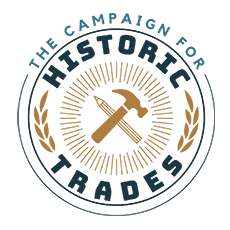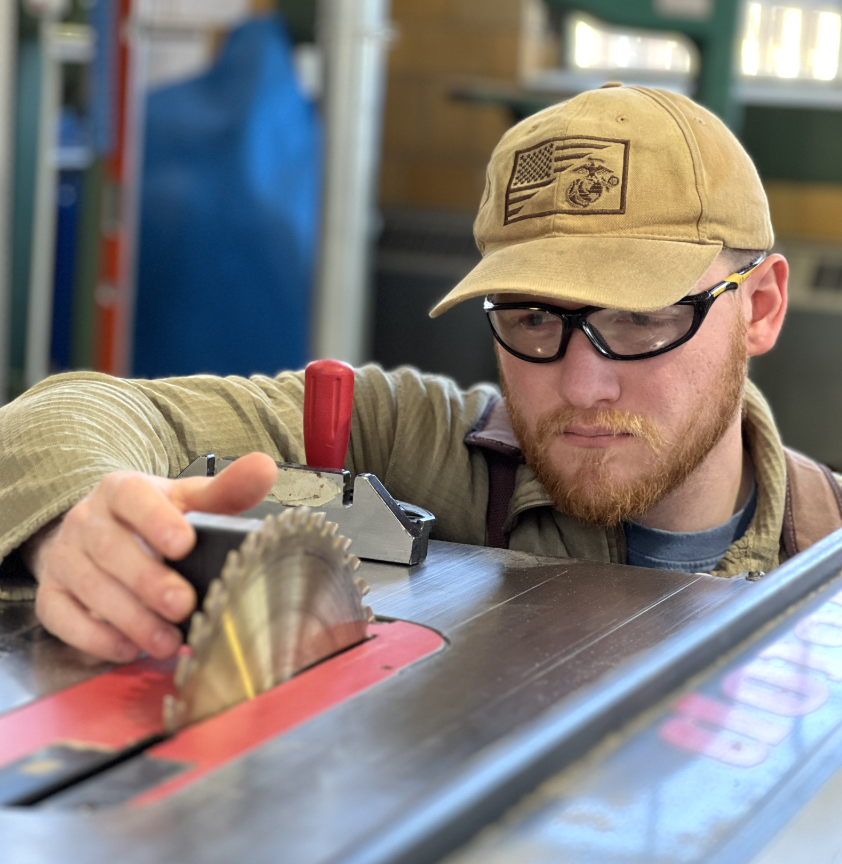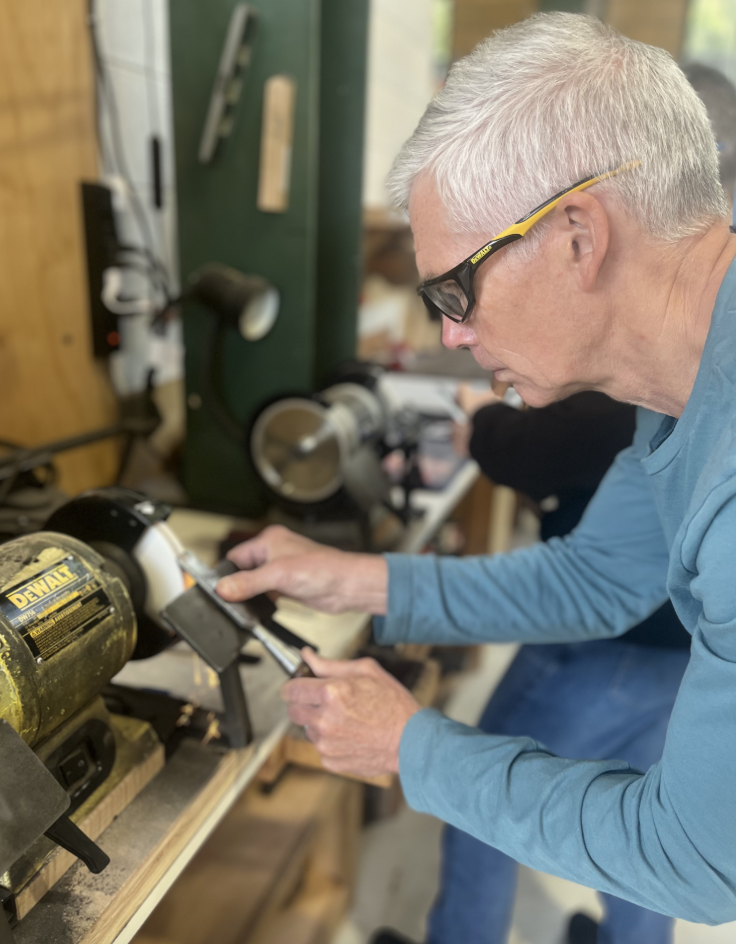
- This event has passed.
Colonial Williamsburg’s Annual Working Wood Conference
January 23 - January 26
$150 – $400Working Wood in the 18th Century
To Furnish a Town: High, Low and In Between
January 23-26, 2025
In Person and Virtual Options Available
Handmade of solid wood construction! Words like those sound expensive and exclusive to a modern ear, but they describe every piece of furniture known to Williamsburg’s pre-Revolutionary residents from the most fashionable chair in the Governor’s Palace to the humblest stool in an enslaved person’s quarters. Join us as craftspeople and scholars from throughout Colonial Williamsburg along with special guest presenters take that diversity in matters of taste, status, and budget as an opportunity to celebrate the ingenuity and quality reflected in all levels of work.
Steve Brown, renowned cabinetmaker and teacher, will lead attendees through the process of building a Virginia cabriole-leg dressing table, discussing its design, construction, and relationship to New England examples. Ubiquitous and deceptively simple, blanket chests will serve as a springboard for author and woodworker Megan Fitzpatrick to dive deeply into dovetails, case construction, and painted surfaces. Colonial Williamsburg joiners, Brian Weldy and Ayinde Martin will use a variety of benches to demonstrate the sophisticated greenwood turning and joinery techniques found in seemingly humble forms. To better understand how the timber to build and furnish a town was processed, Matt Sanbury and Williamsburg’s carpenters will offer a glimpse into how to hew and pitsaw logs into lumber.
The material world of the 1760s could also look like the 1720s as the secondhand market kept older forms and styles in circulation for new buyers. Cabinetmakers Bill Pavlak and John Peeler will trace the evolution of style and construction along with economic factors as they demonstrate aspects of fall-front desks and drop-leaf dining tables, respectively. Curator of Furniture Tara Chicirda will open the conference with a keynote on how people furnished their homes in the 18th century – who had what – and how we decide how to furnish those spaces today. Conservator Chris Swan will consider how furniture’s appearance has evolved over time by considering patina, finishes, and other changing surface qualities.
Several projects featured at this conference are destined for Colonial Williamsburg’s restoration of the Williamsburg Bray School (1760-74), a school for enslaved and free Black children and the home of its middle-class teacher, Ann Wager. Executive Director of Architectural Preservation Matt Webster will discuss the building’s exciting rediscovery and restoration during the banquet’s keynote and the conference will kick off with a short film looking at the material world of the Bray students. Sent from gentry and middling households, these children, perhaps more than anyone else, experienced the full range of Williamsburg’s furnishings – high, low, and in-between.
All lectures will take place in the Hennage Auditorium, at the Art Museums of Colonial Williamsburg.
In-person capacity is limited and those on the waitlist will be notified via email should space become available.
Virtual capacity is unlimited.
Cost:
SCHOLARSHIPS ARE AVAILABLE!
Early Bird Registration (Until Oct.9) $375
Regular Registration (Until Dec. 1) $400
Late Registration (Until Jan. 3) $425
Early Bird Virtual Only (Until Oct. 9) $125
Regular Virtual Only $150
Register by January 3, 2025!



